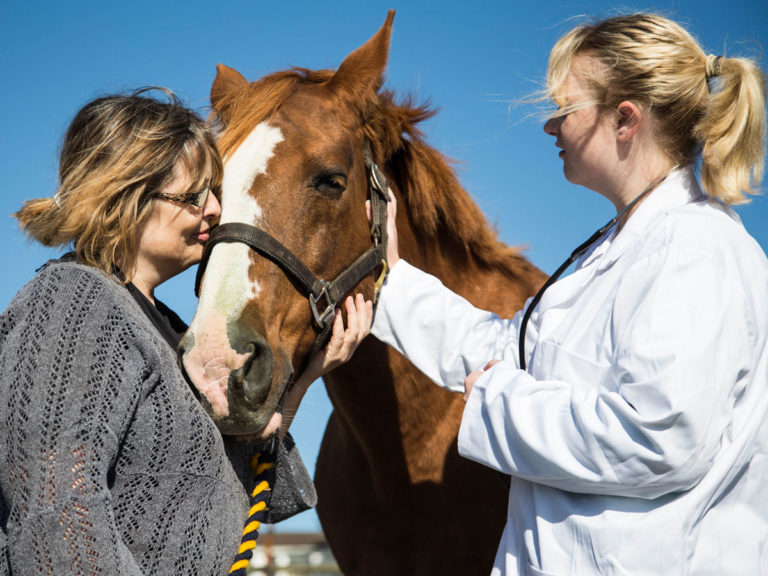
Most veterinarians have had to deal with equine sarcoids. In episode 96 of the Disease Du Jour podcast, we talk with Professor Emeritus Derek Knottenbelt, Director, Equine Medical Solutions Ltd. in the United Kingdom about this common equine cancer.
“There is a 100% link of bovine papilloma virus” to equine sarcoids, said Knottenbelt. “What the link is, is not known.”
Knottenbelt said bovine papilloma virus doesn’t act like a normal viral disease. “Will a papilloma vaccine or exposure prevent it (horses from getting sarcoids)?” questioned Knottenbelt in the podcast.
“No,” he answered.
Knottenbelt said he has spent 52 years trying to find out as much as he could about equine sarcoids. “The virus can transmit in horses without blood,” he said. “There’s something in the vector transmissibility. And some horses are genetically not susceptible to the disease, and some are.”
What’s in a Name?
“I think ‘sarcoid’ belittles the disease,” said Knottenbelt. He stresses that sarcoids are cancer. “Sometimes vets are asked if they should leave it if it is small. No! With every other cancer, you deal with them when they are small and less dangerous.”
One issue with sarcoids is that “if you interfere with a sarcoid and don’t destroy it, it’s catastrphic,” stated Knottenbelt. “If you excise it without a ocmplete excision than in 85% of cases you exacerbate the issue. It shifts to a more malignant form, grows faster, and gets bigger and more dangerous.”
He said that is the reason that a lot of equine veterinarians dont’ like to interfere with equine sarcoids because they hope the horse will die with it not because of it.
“Question dogma!” Knottenbelt stressed.
One point that Knottenbelt made in the podcast was that veterinarians should not biopsy an equine sarcoid without the intent to do anything. “If you biopsy, have a plan for treatment,” he said.
“We belittle the disease,” said Knottenbelt. “Then suddenly there are two, then 22, then five are nasty things.”
Do They Go Away?
Knottenbelt said, “The interesting thing that is well known is that veterinarians will see a horse with a sarcoid. The owner says we can’t treat it now because of a show. Then you go out months later and there is no sarcoid.”
He said there is a recognized pathology in humans, dogs and cats that have tumors that spontaneously resolve.
“There are two classes of sarcoids: those that resolve 1-2 among many and those that have 5-10 sarcoids and all resolve within two months,” said Knottenbelt.
“But I’m not sure waiting is a good idea,” he stressed. “There are two kinds of horses that spontaneously resolve—partial—some are better than none—and complete—horses that are solidly immune.”
More Equine Sarcoid Information
Knottenbelt discussed more about diagnosis and treatment in this podcast. He warned that veterinarians and horse owners should be cautious about thinking equine sarcoids can be “cured.”
He discussed multimodality treatments in case large excisions don’t resolve the issue. One issue with surgery is that if one cell is left, it can be “seeded” into the surgical site and start a new sarcoid.
“No instrument should touch the horse twice,” he warned. “Don’t use swabs because the pick uyp cells and drop them back in the area.”
He warned that two weeks after excision, tumors in the wound and wound edge start growing. “Now you have 10 tumors instead of one,” he said.
About Dr. Derek Knottenbelt
Knottenbelt holds the degrees of OBE, BVM&S, DVM&S, DipECEIM, DACVIM, MRCVS. He is a recognized RCVS and European Specialist in Equine Internal Medicine. Equine Medical Solutions Ltd. was founded in 2016, taking over the sarcoid referral service previously run through Leahurst at Liverpool Vet School. The aim was to continue to provide support and advice to veterinarians on equine cancer cases, in particular sarcoids.








